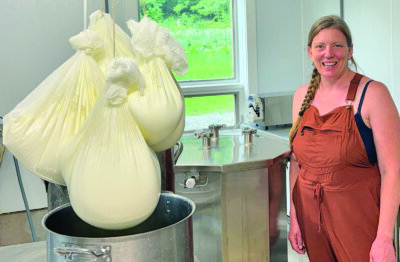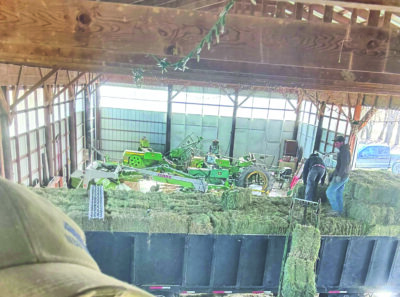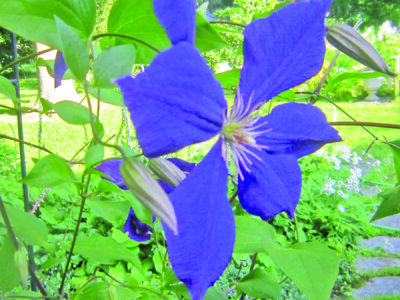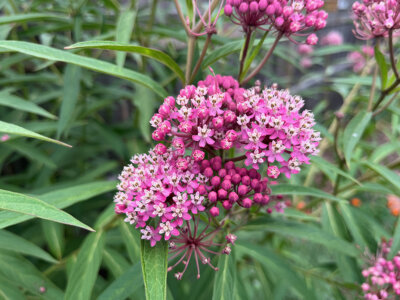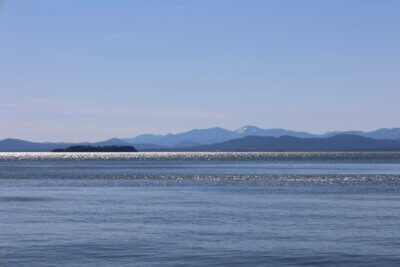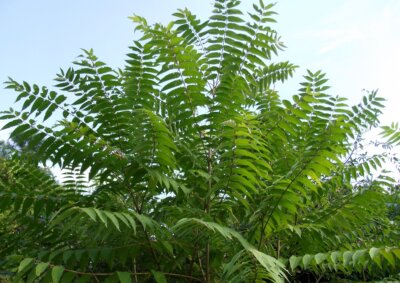Need to cultivate adaptability in forest and ourselves
Vermont’s forests tell a story of adaptation undertaken over massive expanses of time and across a dynamic landscape. Along this continuum of change, our flora and fauna have evolved and co-evolved, exploited niches, developed complex relationships with one another and with their environment — eventually becoming the species that comprise our modern-day forests. Over tens of thousands of years, these species have formed natural communities: ecosystems which are unique, resilient and biologically diverse.
In the last 300 years, Vermont’s forests have undergone a similarly remarkable transformation but in much less time. Over just a few centuries, many wildlife species have been lost from our forests, some of which have returned or been reintroduced and some of which have not. Nearly all our forests have been cleared, many maintained as agricultural land for a century or more. Vermont has lost huge amounts of forestland and continues to lose thousands of acres each year. Our remaining forests are increasingly fragmented by deforestation, roads and development and degraded by a variety of introduced stressors, including non-native invasive plants and non-native pests and pathogens which have caused the loss or functional-loss of several important tree species. We are in the midst of a biodiversity crisis, species across the globe going extinct and racing towards extinction at an alarming rate. We are in the midst of a climate crisis, with a climate that has changed and is changing faster than ever.
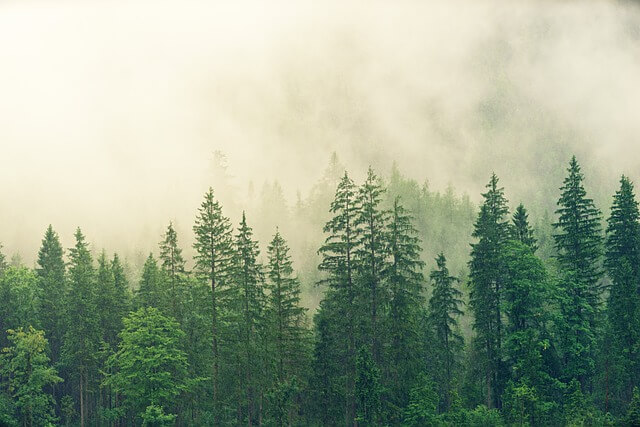
When change occurs slowly and in small measures, ecosystems and species are able to adapt as they have for millennia. Today, this immense volume of changes and stressors — known collectively as global change — is occurring all at once and at an incredible rate. There is no going back, no returning to when Vermont was endless old growth forests, undammed streams and expansive networks of beaver wetlands. While mitigation — slowing these changes — is critical, the health and resilience of our forests will also depend on their adaptability.
Simply put, adaptability is the ability of a forest to adapt, to change. A key consideration in managing for adaptability is the recognition of uncertainty. We don’t know exactly how global change will manifest in the future, and so we need to ensure that our forests have the tools to adapt to a wide variety of potential future conditions.
One of the key ingredients in adaptability is diversity. On a landscape in which forests are generally young and simple, managing for forests with lots of different tree species (“species diversity”) and different sizes and ages of trees (“structural diversity” or complexity), buffers forests from stressors which may affect a single species or a single size or age of tree, giving forests a range of potential adaptive pathways forward. Also critical is managing for diverse landscapes — with many different types of forests and other ecosystems.
Forests are more than trees. Managing for adaptability includes helping all our native flora and fauna adapt to a changed and changing world. In addition to managing for diverse and complex forests, which will provide habitat and refugia for many species, we need to protect threatened species and unusual habitats and to take action to create important habitats that are underrepresented across our landscape. We also need to ensure that ecosystems are connected, so that species can move between them as they are faced with changes and challenges, and so that they can maintain the genetic diversity necessary to adapt.
Another important part of managing for adaptability is addressing threats. Deforestation, forest fragmentation, non-native invasive plants, animals, pests and pathogens and deer overpopulation all undermine forests’ ability to regenerate, to change, to become diverse and complex, thus threatening their adaptability. All of these threats are human-caused, and only we have the power to address them.
How will we help forests adapt to an uncertain future? We are in uncharted waters, off the map and becoming more so each day. Responding to this moment will mean making uncomfortable decisions — doing things like managing forests, controlling invasive plants, changing our behavior in many ways. Adaptability is a quality that we will need to cultivate both in our forests and in ourselves. The choices we make, the way we change, will dictate the world that we give to future generations.
(Ethan Tapper is the Chittenden County Forester for the Vermont Department of Forests, Parks and Recreation. See what he’s been up to, check out his YouTube channel, sign up for his eNews and read articles he’s written.)
Related Stories
Popular Stories
If you enjoy The Charlotte News, please consider making a donation. Your gift will help us produce more stories like this. The majority of our budget comes from charitable contributions. Your gift helps sustain The Charlotte News, keeping it a free service for everyone in town. Thank you.
Andrew Zehner, Board Chair




